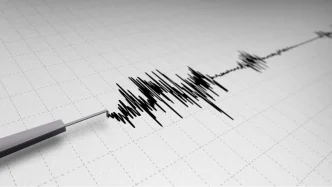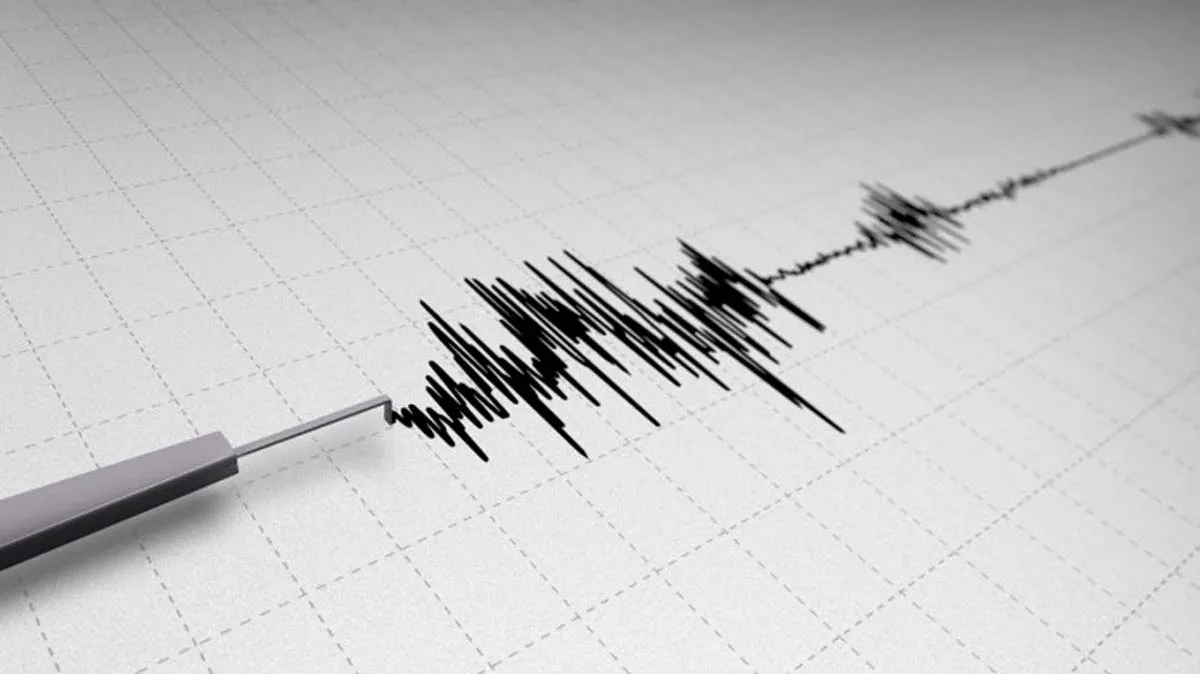A series of tremors detected near Thailand’s borders with Myanmar and India’s Nicobar Islands over the past week has heightened awareness of seismic activity in the region. While no significant damage or injuries have been reported, the frequency and proximity of these quakes—ranging from 2.1 to 4.8 in magnitude—have prompted Thai authorities and experts to monitor the situation closely. The most recent cluster, recorded on Sunday, June 29, underscores the geological volatility of this part of Southeast Asia, raising questions about preparedness in border communities.
Recent Seismic Events Near Thailand
According to the Earthquake Observation Division of the Thai Meteorological Department (TMD), multiple tremors were recorded on June 29 in areas close to Thailand’s northern and southern borders. In Myanmar, to the north, quakes of magnitudes between 2.1 and 4.8 were centered approximately 141 to 323 kilometers northwest of districts in Mae Hong Son province, such as Mueang and Pang Mapha. Meanwhile, to the south, the Nicobar Islands—a remote Indian territory in the Andaman Sea—experienced a series of stronger tremors, with magnitudes ranging from 4.1 to 4.4, located roughly 465 to 495 kilometers northwest of Phang Nga province.
These events follow a pattern of seismic activity reported earlier in the week. On June 24, a 4.8-magnitude earthquake struck the Nicobar Islands, about 454 kilometers from Phang Nga, while on June 27, nine mild quakes were noted in northern Thailand and Myanmar. Although no seismic activity was detected within Thai territory between midnight and 9:30 a.m. on June 30, the proximity of these tremors to populated border areas has drawn attention to the region’s vulnerability.
Geological Context of the Region
Southeast Asia, particularly the areas surrounding Thailand, lies near several tectonic plate boundaries, making it prone to earthquakes. The tremors in Myanmar are associated with the complex interactions along the Sagaing Fault, a major strike-slip fault running through the country, which has historically produced significant seismic events. The Nicobar Islands, part of the Andaman-Nicobar archipelago, sit along the subduction zone of the Indian Plate beneath the Burma Plate, a region notorious for powerful earthquakes, including the devastating 2004 Indian Ocean earthquake and tsunami that killed over 230,000 people across multiple countries, including Thailand.
Experts note that while the recent tremors are relatively minor, their frequency could signal stress accumulation along fault lines. Dr. Somchai Kittipong, a seismologist based in Bangkok, explained that small to moderate quakes often act as precursors to larger events, though predicting such outcomes remains challenging. “We cannot say with certainty if a major earthquake is imminent, but these tremors remind us to stay vigilant” he said. His caution reflects a broader concern among scientists monitoring the region, especially given Thailand’s proximity to active fault zones.
Impact on Border Communities
While the recent quakes have not caused reported damage, their occurrence near border areas highlights the potential risks to rural communities in provinces like Mae Hong Son and Phang Nga. These regions, often characterized by rugged terrain and limited infrastructure, could face significant challenges in the event of a stronger earthquake. In Mae Hong Son, for instance, many villages are remote, with narrow roads that could become impassable during a disaster, complicating evacuation or relief efforts.
In Phang Nga, a coastal province still bearing the scars of the 2004 tsunami, the memory of past disasters looms large. Local resident Nittaya Boonmee, who lost family members in the tsunami, expressed unease about the recent tremors in the Nicobar Islands. “Even if it’s far away, we worry it could happen again” she said. Her sentiment is shared by many in southern Thailand, where disaster preparedness has become a community priority over the past two decades.
Thailand’s Preparedness and Response
The Thai government, through the TMD and the Department of Disaster Prevention and Mitigation (DDPM), maintains a network of seismic monitoring stations to track regional activity. Following the 2004 tsunami, Thailand also established an early warning system for earthquakes and tsunamis, with sirens and evacuation drills implemented in coastal areas. However, critics argue that rural border regions, particularly in the north, lack sufficient resources and training to respond effectively to a major seismic event.
A DDPM official, speaking on condition of anonymity, acknowledged that while urban centers like Bangkok and Chiang Mai have robust disaster plans, remote areas face logistical hurdles. “We are working to improve communication and infrastructure in these zones, but it takes time and funding” the official said. In the meantime, local authorities in Mae Hong Son and Phang Nga have been advised to review evacuation routes and conduct public awareness campaigns about earthquake safety.
Regional and International Cooperation
Seismic activity in the region is not just a national concern for Thailand but a shared challenge for neighboring countries like Myanmar and India. The Nicobar Islands’ location in the Andaman Sea means that any significant earthquake there could trigger a tsunami affecting coastal areas across Southeast Asia. After the 2004 disaster, regional cooperation improved, with countries establishing the Indian Ocean Tsunami Warning System to share data and alerts.
Thailand actively participates in this network, coordinating with international agencies to monitor seismic events. However, Myanmar’s capacity to respond to earthquakes remains limited due to ongoing internal conflicts and resource constraints. This disparity underscores the need for cross-border collaboration to ensure timely warnings and coordinated responses, especially in areas near shared frontiers.
Public Sentiment and Future Outlook
On social media platforms like X, Thai users have expressed a mix of concern and curiosity about the recent tremors. Posts tagged with hashtags related to earthquakes often mention personal experiences or call for updates from authorities, reflecting a public eager for reassurance. While no widespread panic has been reported, the steady stream of seismic events has kept the topic alive in local conversations.
Looking ahead, the recurrence of tremors near Thailand’s borders serves as a reminder of the region’s geological unpredictability. Scientists and officials agree that while the current quakes pose no immediate threat, they highlight the importance of sustained investment in monitoring systems, community education, and infrastructure resilience. For now, border communities watch and wait, hoping that these minor shakes are not a prelude to something larger.
As seismic activity continues to rumble beneath the surface, the question remains: how prepared is the region for the next big quake?















